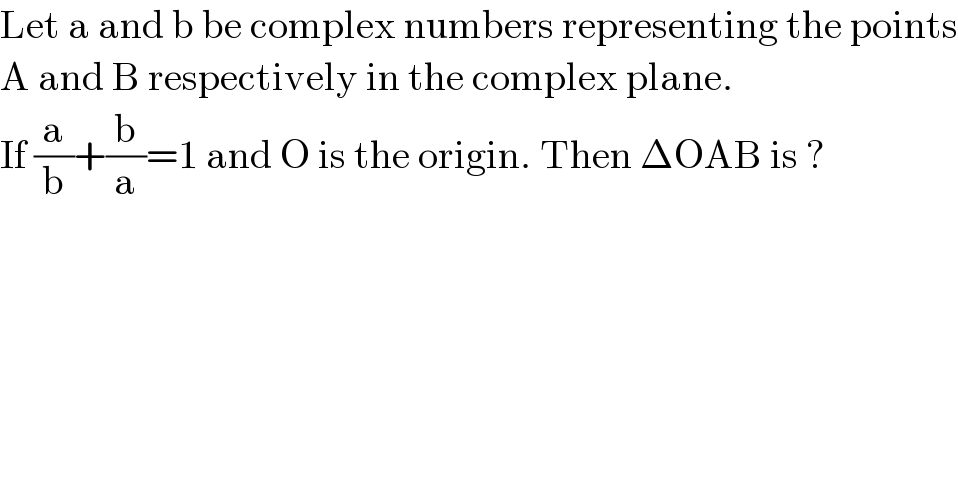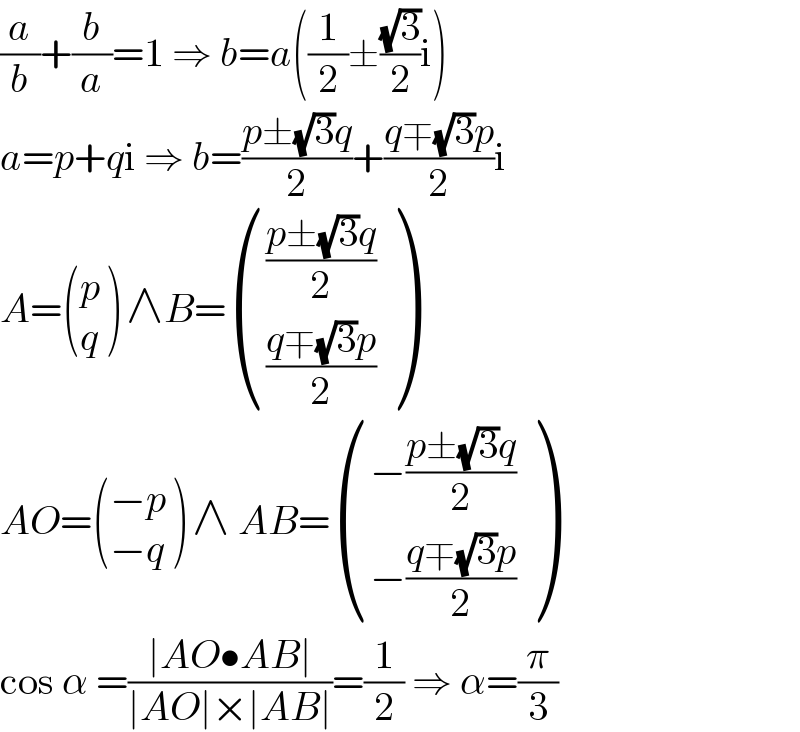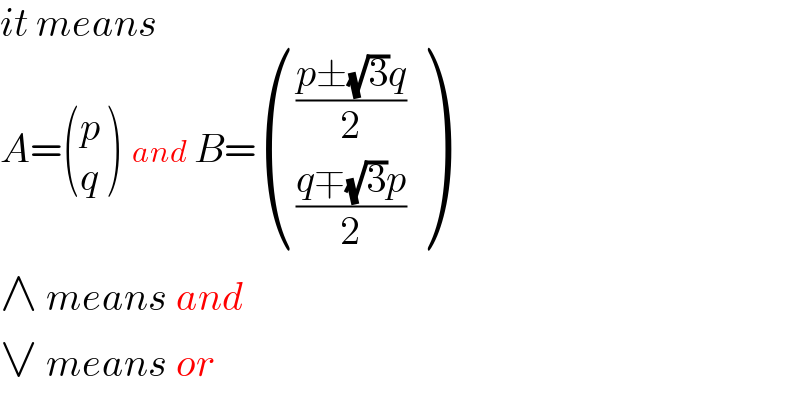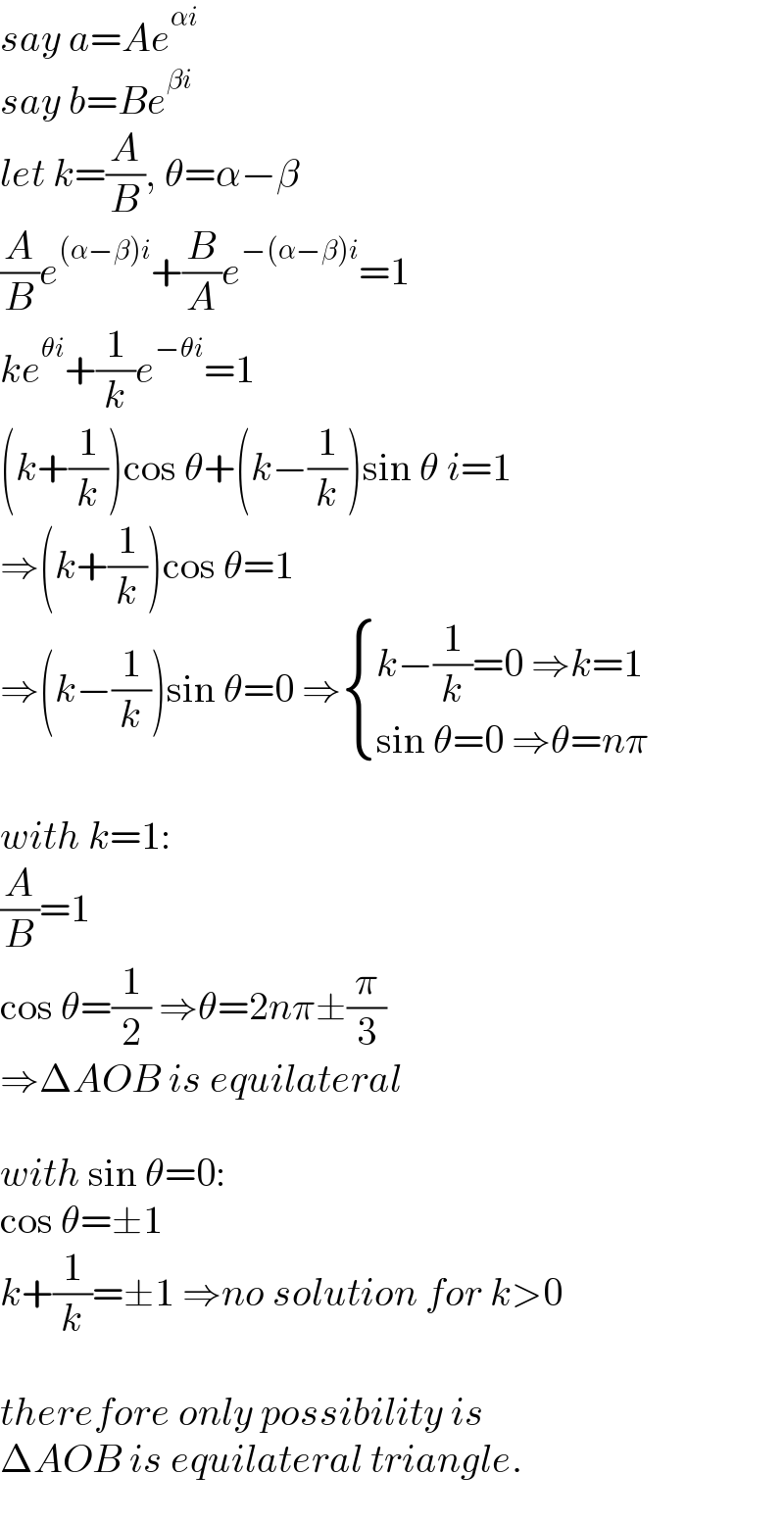
Question and Answers Forum
Question Number 139055 by EnterUsername last updated on 21/Apr/21

Answered by MJS_new last updated on 22/Apr/21

Commented by EnterUsername last updated on 22/Apr/21

Commented by mr W last updated on 22/Apr/21

Commented by EnterUsername last updated on 23/Apr/21

Commented by MJS_new last updated on 23/Apr/21

Answered by mr W last updated on 22/Apr/21

Commented by EnterUsername last updated on 22/Apr/21

